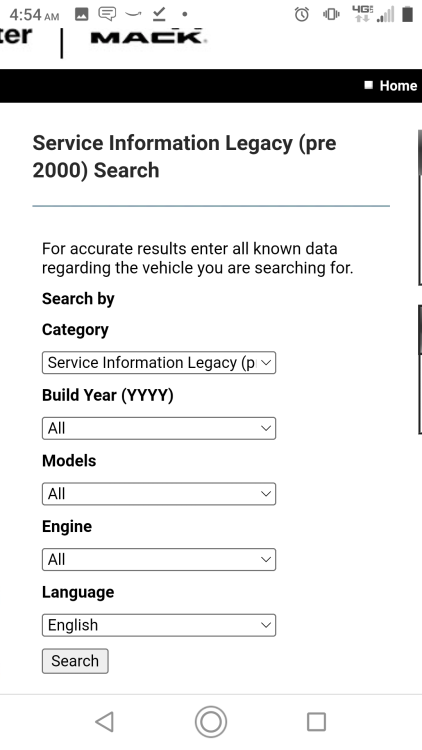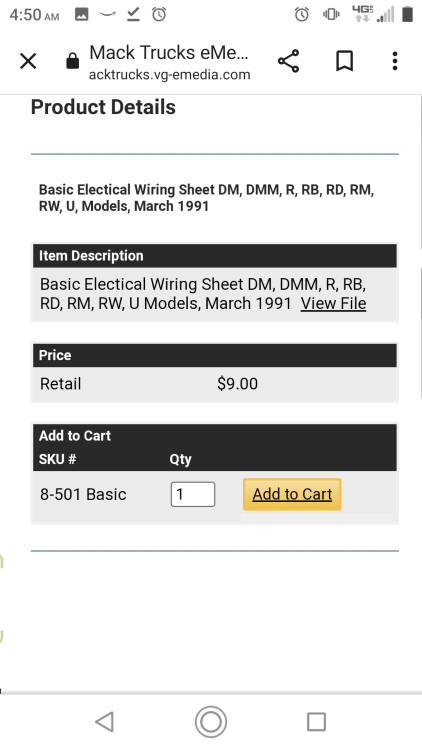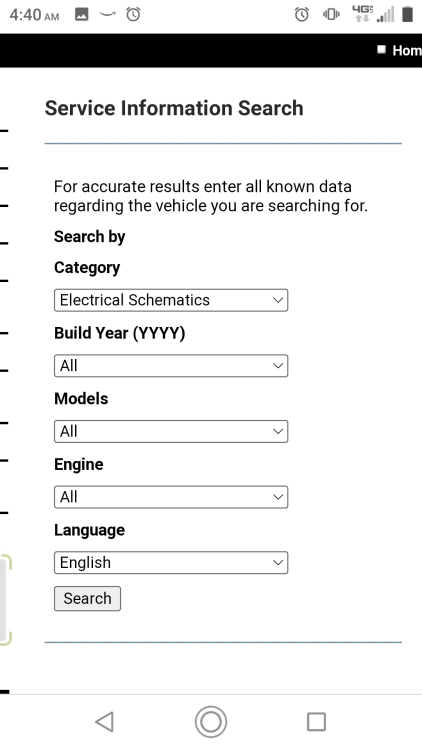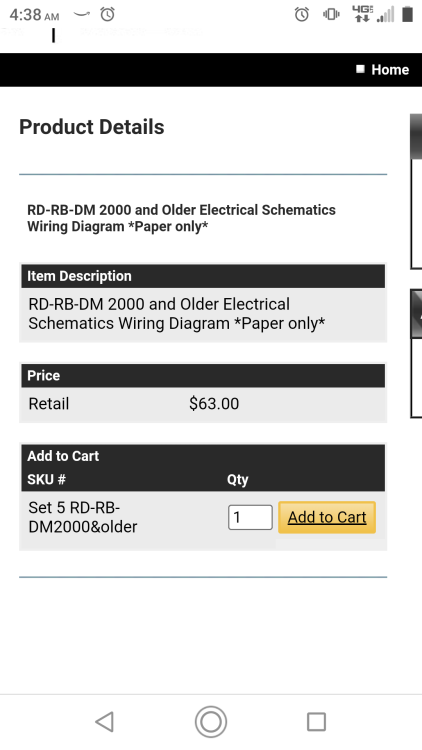
JoeH
Pedigreed Bulldog-
Posts
2,321 -
Joined
-
Last visited
-
Days Won
15
Content Type
Profiles
Forums
Gallery
Events
Blogs
BMT Wiki
Collections
Store
Everything posted by JoeH
-
About 3-4 screws on that top piece of the dash above the rpm/mph gauges and you should have access to those 2 little lights in the center. Looks like one "fell out" (tampered with most likely). Light socket will be laying just inside, and I believe it should have a little tag on it saying what its for. Get a good bulb stuck in the Engine Malfunction Lamp socket and turn the key to the "On" position. EML 'should' turn on briefly then turn off, indicating that the light works and there's no "Active Faults". If it stays on then you have active fault codes which can be retrieved by holding the set/resume cruise control rocker in the down position. Count the blinks to get a 2 digit code, write the code down and rock the switch down again to retrieve the next code. Post the codes here and Joey will straighten you out! One thing worth noting is ECU locations: The Engine ECU is located under the stainless covers below the turbo. This ECU is weatherproof, but there is a recall on the Coolant Level Sensor because the sensor can fail and let coolant wick along inside the copper wire and corrode the EECU pins. Not sure if this problem affected the early ETECH engines or just the later ones. Be careful when doing any mechanical work, that ECU can get pinched when replacing engine mount bushings or replacing clutch etc. A small dent in that ECU and it's toast. The Vehicle ECU is located on the kick panel in front of passenger's feet. DO NOT drill holes into that panel without first checking VECU location. Idk why you'd drill holes in the panel but I hear it's been done before. The VECU is not weatherproof, and rain water can leak through windshield gasket/firewall and get onto the VECU, frying it. These are great engines and I think it's one of the best computer systems you can have on a truck because of the blink code diagnostics. There's no need for computer software that costs thousands of dollars to find out what's wrong with it. In fact, Mack/Volvo released the diagnostic software for these computers for free, you just need to download it from somewhere like "DieselLaptops.com" and buy a roughly $750 device that has the cable ends and interface device to link a laptop and the truck computer together. Diesel Laptops also has their own program 'Diesel Explorer' that is pretty good. It'll give you a lot of data, it'll tell you what ECU's are powered up/communicating, which helped me identify why I couldn't get my 2003 ETECH to start. The EECU wasn't getting power, and I didn't know that til I couldn't see it listed in their software.
-
Don't leave it, you know too much to do that. But he's gotta let us know if the EML light is working properly. I bought a 2001 RD vmac III once that someone pulled the lightbulb out to mask about 10 active fault codes. The blink code system is a great ally, if it's functional and hasn't been tampered with.
-
Before you go digging all around, you really should update us on the functionality of the check engine light circuit. If either of those sensors are bad it'll light up the lightning bolt dash EML.
-
Do you have any Engine Malfunction Light codes? Lightning bolt indicator should come on initially when the key is turned on. If not, fix that lightbulb so you know if you are getting a fault code. If that circuit works and the light is on, with key on (engine can be running or off, doesn't matter) turn cruise control "off" then hold the set/accel / resume/decel rocker switch in the down position til the lightning bolt turns off. It'll then spit out a 2 digit blink code. Write the code down, hit the rocker again to request next code. Keep doing that til it loops and keeps playing the same pattern of codes.
-
Is there a parts source for individual parts like round fuel tanks, engines, etc?
-
I see AMT has an R685ST model with the 237 HP motor, but is there one with the engine mounted charge air cooler? Toying with the idea of making a model of my dad's volumetric mixer truck.
-
Is this a fully mechanical fuel pump, or vmac II or vmac III fuel system? A picture of the right side of the engine would give the guys on here an idea of what exactly you're driving so they can tailor their responses. Have you changed your fuel filters? Did you get bad fuel from a transfer tank or gas station? When you change your fuel filters dump the fuel in the old filters into a mason jar so you can see if you're sucking water. The water and fuel will stratify, meaning the water will be on the bottom and the fuel on top. You'll see a clear line between them. I think some engine setups run a pressure relief valve on the return side of the fuel in order to keep fuel pressure up. You could have a failing relief valve? You could also have the Dreaded Piece of Trash floating around in your fuel tank, blocking the suction line. Some idiots try to seal a leaking fuel cap with a plastic bag (super dumb) and sometimes people unknowingly let the foil seal from a bottle of fuel treatment go into the tank. Either one can cause you this headache.
-
Paging @SkippyMack the old timers want an update on the truck
-
Mack Wiring Schematics Motherload
JoeH replied to JoeH's topic in Electrical, Electronics and Lighting
I ran the following Legacy category search: And was rewarded with about 100 different books to sift through including what you asked about (in paper format or digital file for free) You can just punch 8-501 into the emedia search box and go straight to this. -
Mack Wiring Schematics Motherload
JoeH replied to JoeH's topic in Electrical, Electronics and Lighting
The appear to only have the one form of electronic schematics, nothing older. However if you run a broad search like this: Then you'll be rewarded with about 4 pages of different books for different years. Off on the left they list a few different age categories of trucks, I didn't search the Legacy category to see if there was anything there. You'll be rewarded with things like this: That have an SKU that's completely useless to the dealer til they find it in the emedia search function themselves. -
Mack Wiring Schematics Motherload
JoeH replied to JoeH's topic in Electrical, Electronics and Lighting
No, at my Dealer, Bergeys. -
Can't speak for your truck, but the bottom picture looks like every pair of rear mount bushings we've had. Torch or undo top of bolts, jack up the trans high enough you can chase out whatever remains of the old bushings, and then drop two rubber bushings and washers into the top two holes on each side in the frame bracket, lower trans most of the way, then put the bolt/washer/bushings in from the bottom and pit the nut on top. Its kind of a two person job. Can't speak for the front engine mount bushings, the engines I have use a rubber donut around the front of the timing cover at the crank hub.
-
Snap a picture of the brackets you have and we can yay or nay one style or the other for grommets.
-
So I bought Mack Part Number "23-021". Its awesome. Cost me about $176. Its a flash drive with wiring schematics of every Mack model/option from about 2000 to 2021 build years. Even lists some Australian trucks. It is almost 4GB of data. Open the flash drive, open folder "src", then open the program launcher. Launcher window has 2 drop downs, one for build year the other for truck model. Pick those 2 then it gives you a series of system choices: engine controls, transmission controls, HVAC, lighting, after treatment(emissions junk) etc etc etc. All the wires in the schematic (or at least for my 2003) are labelled. For anyone who has a truck in this year range, I can't recommend this enough.
-
What's the application? Tell us more about these 30-40% grades. considering 45% is halfway to straight up, I have to question the accuracy of the grades. Is this once in a while to come out of the pit at a quarry?
-
Clarify what engine is in the donor granite, it's either AI-400 or ETECH 400. It shouldn't be an E7 though. Difference is the fuel system. That aside, assuming ETECH 400 or AI-400 everything should be identical other than minor turbo differences based on AI vs AMI. Only difference between AI(and AMI) and ETECH is the camshaft has extra bumps on the exhaust lobes in order to open the exhaust valves a hair during exhaust stroke to suck emissions back into the engine. The turbo and exhaust manifolds are also a bit restrictive to create back pressure to facilitate the dog eating it's own vomit.
-
Sounds like you have an interested party in idaho
-
Depends how good you are with a clutch. What year is the truck? The vmac III engines the computer will assist by maintaining idle as a minimum. On a hill from a dead stop, you have one foot on clutch, one on brake. Use lowest gear you have, which on an 8LL is LL. Ease the clutch out til you feel it make contact and start to grab just enough to hold truck from rolling backwards, then your brake foot moves to accel pedal and gives it an extra couple hundred rpms at most while your left foot eases the clutch out the rest of the way.
-
How fast do you want to get up that hill? You just set it in low low and keep the engine revved up, you'll get to the top eventually.
-
These are 11 liter engines so they really just don't have much potential for engine braking.
-
What's your other truck? The Jake brake on these isn't much use for anything other than shifting, but it makes a world of difference as a shift aid.
-
New gaskets are a must. This is an ENDTB, so it has Dynatard not jake brake? Does the Dynatard use a riser under the valve cover? The Jake does, so you need 2 valve cover gaskets per head, one for the riser and one for the valve cover. I've never had a Dynatard so I don't know how they're set up.
-
These don't have a valve cover groove.
-
While I've only had to replace one head on these engines, we've had the valve covers off plenty of times. Last time was to delete the jake brake, we have a weak valve springs on one cylinder and the disk on top of the valve stem that the jake actuator pushes on kept popping out, so after the 2nd time it popped out we pulled the plug on the jake.
-
Trust me. Absolutely nothing. Don't use hi tack, don't use silicone, don't use anything. Check the valve covers for "straight" sides, the mating surface bows outwards when you over tighten. Wipe the mating surfaces down real well so there's no oil residue or anything else on them, put the gasket down, cover on, make sure the gasket is sitting right under the covers, then torque them up. High tack and rtv silicone and anything else will lubricate the gasket and it will squeeze out. You will never get them to seal properly for any length of time unless you do them dry. Our '79 endt676 we could never get to seal up. We tried high tack and rtv and it always leaked. Then we did it dry once and we've been leak free for years now.
BigMackTrucks.com
BigMackTrucks.com is a support forum for antique, classic and modern Mack Trucks! The forum is owned and maintained by Watt's Truck Center, Inc. an independent, full service Mack dealer. The forums are not affiliated with Mack Trucks, Inc.
Our Vendors and Advertisers
Thank you for your support!








